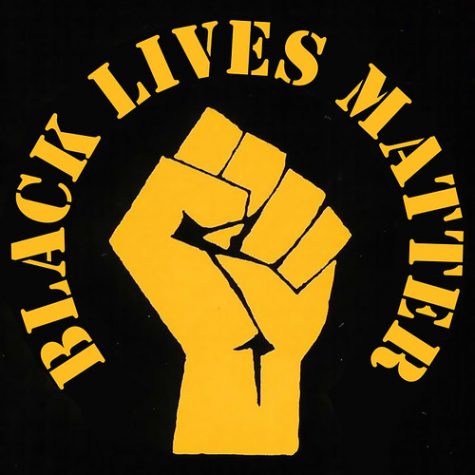Using body cameras holds police accountable
Every week the editorial board reflects on a current issue in Our View. The position taken does not reflect the opinions of everyone on the Hilltop Views staff.
One of the first cases of racial brutality to catch national attention was the Trayvon Martin case in Sanford, Fl.. On Feb. 26, 2012, 17-year-old Martin was walking to a relatives house after buying snacks at a store. George Zimmerman shot Martin and claimed self-defense.
Almost two years later, this February, the Justice Department’s independent investigation found insufficient evidence in the case. They will not charge Zimmerman with federal civil rights violations.
Also in 2014, in Ferguson, Mo., an 18-year-old black male, Michael Brown, was shot and killed. This time, the shooter was a police officer. He was not charged.
“Since Ferguson, police have killed more than a dozen teenagers, half of them black,” said Nina Strochlic, a reporter for the Daily Beast.
A Cambridge University study that took place in 2012 to 2013 in California examined the effects of wearable video cameras on officers working in the the town of Rialto. Over the course of 12 months, officers were randomly assigned to “experimental-shifts.” This basically meant that they were equipped with HD body-harnessed cameras which would serve to increase transparency. Not surprisingly, the number of complaints against officers fell dramatically — by almost 88 percent — as did the overall use of force by officers, which dropped by almost 60 percent.
Since the Rialto study many other police departments across the nation have followed suit. In Phoenix, Ariz. in 2013 the local police department outfitted 56 officers with cameras.
In October of last year, a group of 165 volunteers from Washington, D.C’s Metropolitan Police Department hit the streets with body cameras for the first time.
The results garnered from these studies mirrored the finding of the Rialto study: complaints against officers and police violence dropped dramatically.
“The argument is that by implementing these devices, the lack of clarity in an event can be reconciled. In the case of Brown, there would not be as much room for debate. Based on the limited studies that have been done, body-worn cameras can highly affect, not only the outcome, but the ways in which situations are dealt with,” Bo Laughman, a senior English Writing and Rhetoric major said.
Laughman’s Capstone is centered around the use of body cameras to prevent unnecessary police brutality.
“Proponents argue, that while it will cost money, it will also free up a lot of money, since cases can be determined much faster with conclusive video evidence. In terms of how to deal with the footage, may be based on that areas rules on records keeping.
Some places keep allow records to be public after a certain point, for a fee,” Laughman said.
While the cost of body cameras will be substantial, the opportunity to save lives is priceless.







![According to a 1993 archive from Congressional Quarterly Almanac, “[Judge] Ginsburg was known as a restrained and fair-minded judge who did her homework and then some.” She was “considered moderate to conservative on criminal issues and business law,” relatively progressive “on issues such as free speech, religious freedom and separation of church and states,” and more liberal on “civil rights and access to the courts.”](https://www.hilltopviewsonline.com/wp-content/uploads/2020/10/VP-4RBG_CC-by-WFULawSchool-475x317.jpg)
